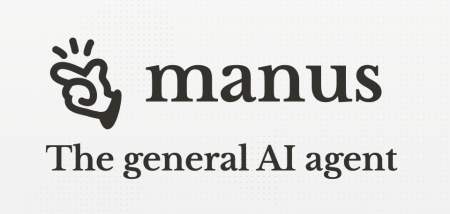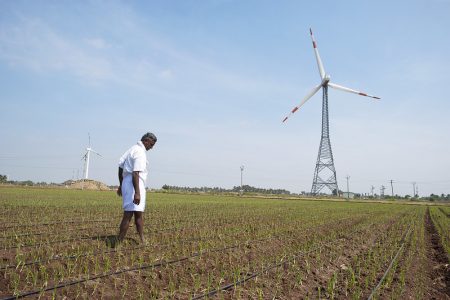As the world’s first ‘legally binding’ pact on use of Artificial Intelligence is signed in Lithuania, Adarsh explains the significance…
September 2024 marked a crucial turning point for the regulation of Artificial Intelligence as several countries signed the first-ever binding international treaty on AI. Labelled the Council of Europe Framework Convention on Artificial Intelligence and Human Rights, Democracy, and the Rule of Law (CETS No. 225), the treaty saw the United States, the European Union, the United Kingdom, Israel and six other countries join the pact.
Named after the Lithuanian capital where the convention was held, the Vilnius Convention is a major turning point in history towards regulations and the responsible use of AI. Protecting human rights and preventing AI from undermining democracy were the major focus areas.
But despite the historic significance of the treat, there is criticism about the lack of a clear enforcement mechanism and the absence of countries from outside Western democracies.
The Framework: Human Rights, Democracy & Rule of Law
As stated above, the major focus of the AI treaty was to protect human rights and to mitigate the threat of AI towards democracy. Here’s what the countries that signed the treaty need to adhere to:
- They must ensure that AI systems are compliant to human rights obligations.
- They must protect democratic processes and institutions. For instance, they need to ensure the separation of powers and judicial independence.
- They must ensure measures to protect public participation and have fair access to information. They must prevent AI from manipulating opinions.
While the Treaty was a collaborative effort between the US and EU, how these measures will be enforced remains under question. There is no mechanism in place to ensure that these rules are followed and the Convention’s applicability to major tech players is also questionable.

The Global Divide: Western Alignment vs Asia’s Absence
Despite the presence of countries like the United States and the European Union, the absence of the Asian countries like China, Saudi Arabia and Pakistan raises more questions. Jurisdictions in these countries on the usage of AI is in sharp contrast with Western democratic values. The lack of participation from these countries makes it clear that there will be a growing divide in the regulation of AI going forward.
But the fact that non-European countries like Argentina, Peru and Uruguay joined in suggests that there is global interest in aligning AI governance with human rights. By that regard, the Vilnius
Convention sends a clear message to countries around the world there is unity between Western democracies and this is a blueprint that others can follow as well.
Obligations & Exemptions: Public vs Private Sector
Once the Treaty is enforced, countries will be responsible for regulating the use of AI in both the public as well as the private sector. But the Treaty also raised several disparities about how it will apply to these two sectors.
In the public sector, obligations include risk assessment before deploying AI applications but in the private sector, there restrictions are much looser. They only need to comply with Convention’s broader goals.
Moreover, AI systems related to national security and defense are excluded from the Treaty. This raises further concerns about how powerful AI systems in this sector remain completely unregulated.
US, EU and Private Sector Regulation
As long as the countries that signed the Vilnius Convention have a strong legal system in place at the federal level, they can ensure that the public sector adheres to the conditions laid out. The US achieved this with their Executive Order in October 2023 while the European Union also brought it into effect with their AI Act.
But any system that is in charge of the countries’ national security or defence is outside the scope of the treaty. Which means that while the public sector is regulated, the private sector and certain public sectors remain outside the regulation.

Australia’s Role & the Future of Governance
The same week that the Treaty was signed, the Australian government published its Proposals Paper to “introduce mandatory guardrails” for regulating AI within the state. It listed three options: a domain-specific approach, framework legislation or a whole-of-economy AI Act. This marks their first attempt to reach a minimum standard.
The signing of the Vilnius Convention would increase the urgency on Australia to accelerate the proposed processes and enforce stronger restrictions on public sector AI applications. But from the looks of it, Australia seem to be keen on keeping their options open instead of aligning to the US and EU’s proposed plans. But once the Vilnius Convention comes into effect at some point in 2025, the pressure would be on Australia to join in as well. But considering they have already introduced guardrails, there doesn’t seem any reason for further delays.
The Last Word
With the signing of the Vilnius Convention, the world has taken the first step towards regulating AI and protecting human rights and democracy as well as the rule of law. But considering a lot of countries are yet to join in and the fact that there is a lack of clarity in terms of how these rules can be enforced, there is still a lot to be done.
All in all, this is a step in the right direction, the beginning of a global regulatory framework but we need to wait and watch if this will be successful in tackling the power imbalance in the global AI landscape.
In case you missed:
- Should Chatbots have Rights? Ethicality vs Practicality
- Why is Indian Education Sector facing Record Number of Cyberattacks?
- How AI is Revolutionizing Combat for Indian Defence Forces
- You can Now Create a Video From a Single Image!
- AI and Loneliness: Culprit or Cure?
- OpenAI is now Focussing on Superintelligence!
- Samsung S25 Review: A Powerful Upgrade with AI Enhancements
- 12 Ways to Protect Yourself from UPI Fraud
- Is Tesla set to Launch Self-Driving Taxis in 2025?
- Will AI eat up more IT Jobs in 2024?









